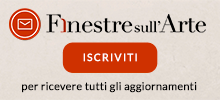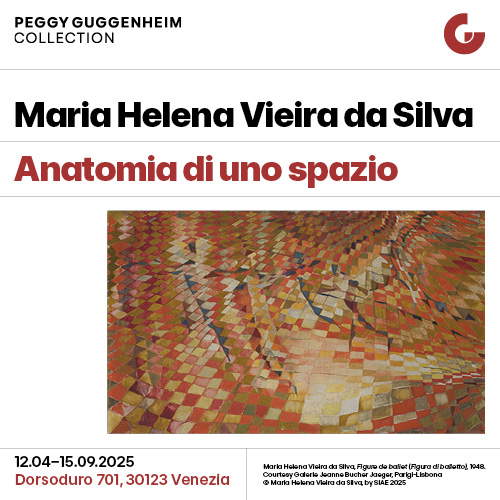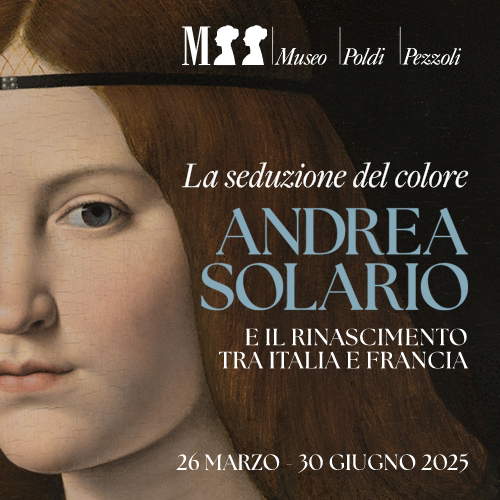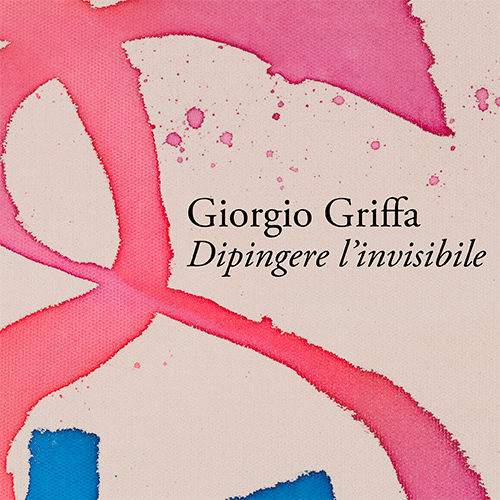Uffizi celebrates Pelli Bencivenni and Lanzi: 250 years ago the modern museum was born
From April 14-16, the Uffizi Galleries will celebrate two key figures in the history of the museum and, more generally, in the modern definition of the concept of the museum itself: Giuseppe Pelli Bencivenni and Louis Lanzi. Two hundred and fifty years after their appointment-as Director and Assistant Director, respectively, of the Florentine Gallery at the behest of Grand Duke Pietro Leopoldo-an international conference traces the crucial role these two intellectuals played in transforming the Uffizi from a dynastic collection to an enlightened public institution, a mirror of eighteenth-century rationalism and the driving force behind a new museology.
The title of the event, Between History and System. The Uffizi of Louis Lanzi and Giuseppe Pelli Bencivenni at the Cimento of the Enlightenment: 1775-2025, pays tribute to the epochal significance of that settlement: a true watershed in the history of art and museum conservation. For three days, the “Antonio Paolucci” Auditorium will host more than 20 scholars from Italian and foreign universities-from Stanford University to the Scuola Normale Superiore in Pisa-who are committed to reconstructing the vision, reforms and challenges faced by Pelli and Lanzi in the Age of Enlightenment.
In 1775, the Uffizi was a hybrid place: a collection of wonders, a Medici legacy and a heritage still in search of order. With Pelli and Lanzi, everything changes. The two scholars initiate a systematic operation of rearranging the works, selecting, cataloging and removing curious objects no longer deemed in keeping with the Gallery’s new scientific identity. The museum opens to public enjoyment not only physically, but also conceptually: it organizes itself according to didactic and chronological logics, provides itself with a new language, and relates to the main European academies and collections.
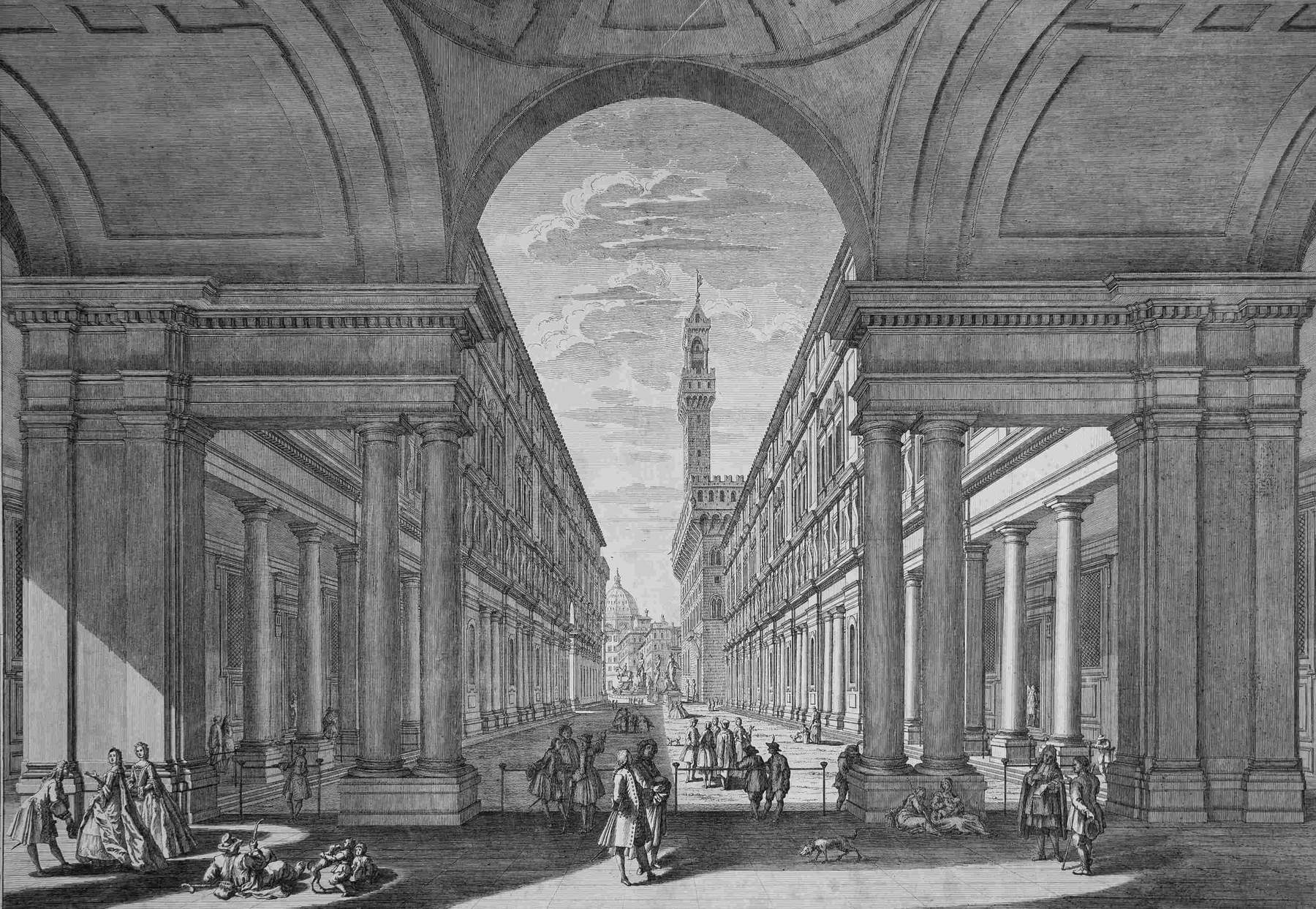
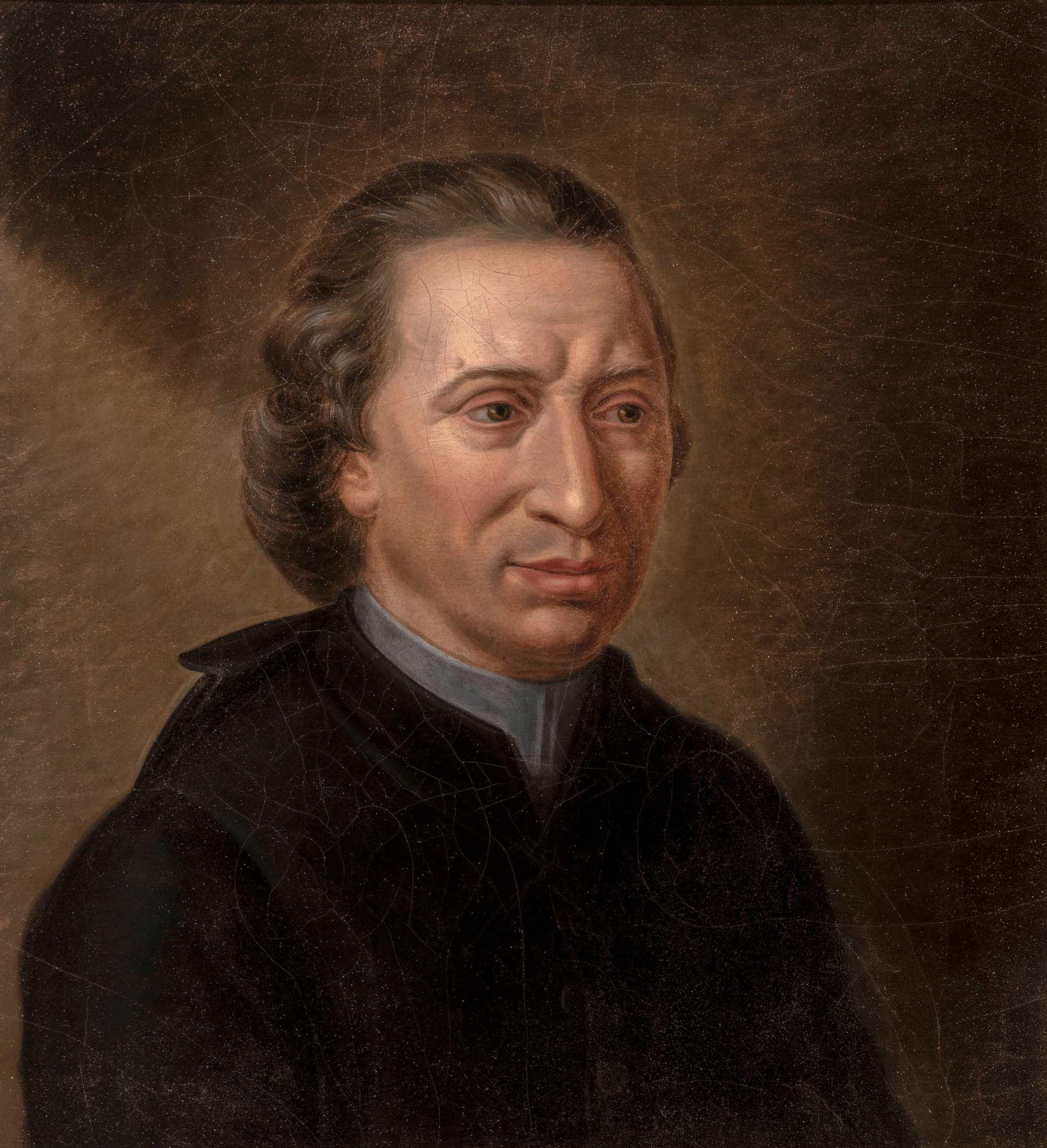
The program: a map between museology and historiography
The conference is divided into five sessions that will touch on topics in museology, the history of collecting, scientific classifications and the history of art criticism. From the opening prologue by Krzysztof Pomian, an authoritative scholar on the history of the modern museum, to reflections on Louis Lanzi’s unpublished “Taccuini” and relations with Vienna, Rome and Paris, each talk aims to illuminate a fragment of that revolutionary project.
Among the most anticipated talks are those of Paula Findlen of Stanford University, who will analyze Pelli’s Saggio istorico della Real Galleria di Firenze, and Mariaceleste Di Meo of the Museo del Prado, who will address the genesis of Lanzi’s masterpiece Storia pittorica dell’Italia. Space will also be given to the international circulation of works, the dispersion of the Medici armory and the debate on antiquities collections.
A legacy still alive
To reflect today on the contribution of Pelli Bencivenni and Lanzi is to question the contemporary role of the museum: a place of preservation, but also of narrative, inclusion, and education. Their lesson remains highly relevant today. At the origin of their enterprise there was a powerful idea that is still alive: that art, to be truly the heritage of all, needs order, study, accessibility and confrontation. The conference - curated by Massimiliano Rossi, Paolo Pastres and Fabrizio Paolucci - stands as one of the most important moments of the 2025 celebrations for the history of the Uffizi Gallery. A history that, thanks precisely to those two “heroes of the Enlightenment,” has been able to transform itself into a system capable of speaking to the future.
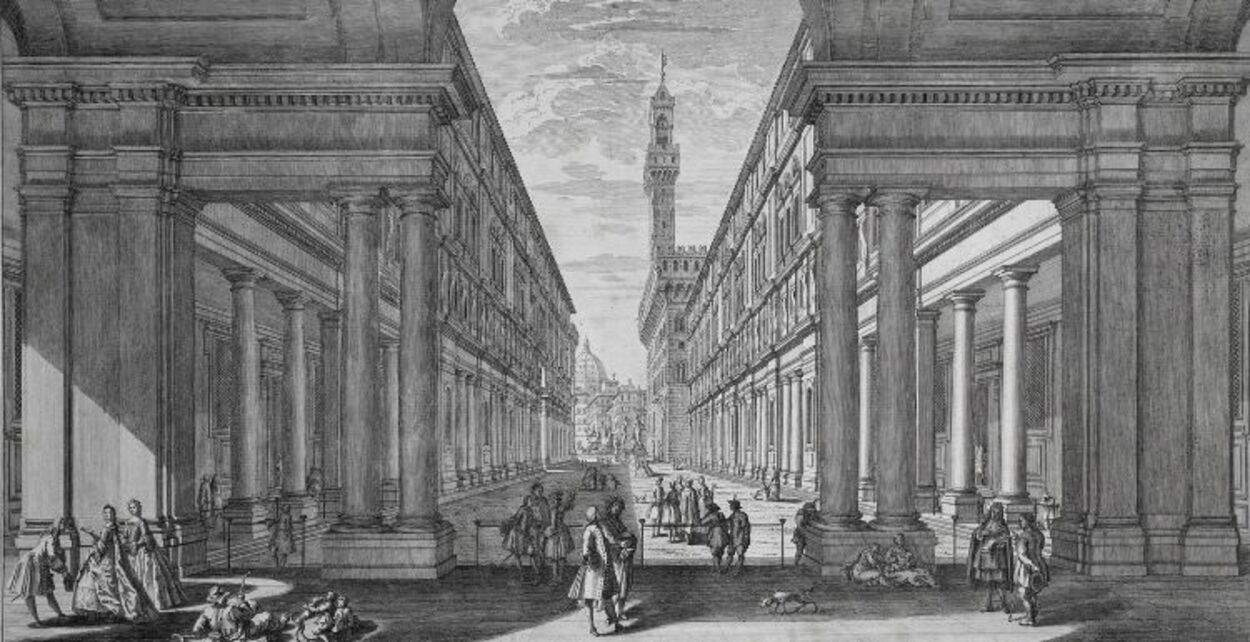 |
| Uffizi celebrates Pelli Bencivenni and Lanzi: 250 years ago the modern museum was born |
Warning: the translation into English of the original Italian article was created using automatic tools. We undertake to review all articles, but we do not guarantee the total absence of inaccuracies in the translation due to the program. You can find the original by clicking on the ITA button. If you find any mistake,please contact us.
